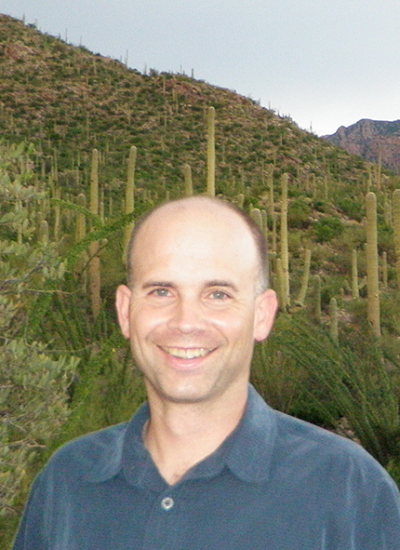Xianchun Li, PhD, is interested in understanding the physiological, biochemical, molecular and evolutionary bases of fundamental processes in the life history of insects such as embryonic polarity, metamorphosis, developmental commitment, host usage and environmental adaptation. One focus of his research is to elucidate the reciprocal signaling interactions between plants and insects, and the resulted on-going defense (in the case of plants) / counterdefense (in the case of herbivorous insects) phenotypic arm race over ecological time scale, with emphasis on the genetic machinery that percepts and transduces the reciprocal cues into genome and regulate defense / counterdefense phenotypes. Working systems include Helicoverpa zea, the corn earworm, a polyphagous noctuide of economic importance, and Drosophila melanogaster, the fruit fly, a model organism. State of arts and traditional techniques are combining to identify the cues and to uncover the signaling transduction cascade that links environmental cues, gene expression and the resulted defense/counterdefense phenotypes. This research may lead to characterization of genes for designing new insecticides and/or genetically modifying crops. The second focus of Dr. Li’s research is to define, globally, the regulatory triangle between nuclear receptors (NRs), their ligands, and cytochrome P450s (P450s) in Drosophila melanogaster. Nuclear receptors (NRs) constitute a transcription factor superfamily that has evolved to sense and bind endogenous (e.g., hormones) and/or exogenous (e.g., naturally-occurring or synthetic xenobiotics) signal compounds, resulting in differential expression of particular target genes, which underlies a range of fundamental biological processes, including growth, development, reproduction, behavior, host usage, and environmental adaptation. Many of those cue chemicals, namely NR ligands, are synthesized and/or metabolized by members of the P450s gene superfamily, whose expression may be regulated by certain NRs. Bioinformatics analyses as well as systematic functional genomic techniques such as microarray, X-ChIP, mutation and ectopic expression will be combined to define the genome-wide regulatory interaction loops between NRs and P450s as well as to assign, at least partially, functions of individual NRs and P450s in the life history of fruit fly. Given the evolutionary conservations of homologous NRs and P450s between vertebrates and invertebrates, the results obtained in this project are expected to provide insights into the reciprocal regulatory interactions between NRs and P450s in other animals including humans as well as to provide great insights into new avenue for human NR ligand identification and NR-related drug design. The third focus of his research is to investigate the molecular mechanisms of Bt and conventional insecticide resistance, which is a major threat in current IPM system. In collaboration with Dr. Bruce Tabashnik, Timothy Dennehy, and Yves Carriere in our Department, Dr. Li is going to compare Bt toxin binding affinity and other defects of natural (s, r1, r2, r3) and artificial mutant PBW (Pink Bollworm) cadherin proteins and thus define the key functional domains of PBW cadherin.











